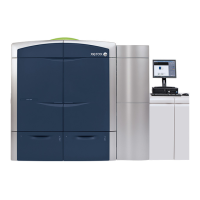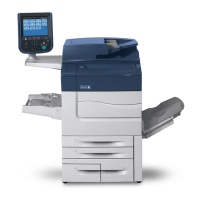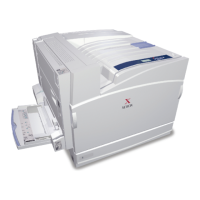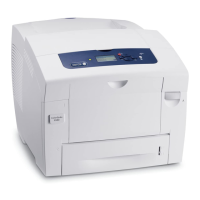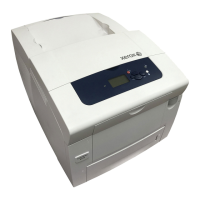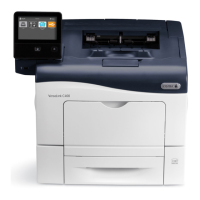Authentication
Authentication is the process of confirming a user’s identity by comparing information
provided by the user, such as their user name and password, against another source of
user information, such as an LDAP directory. Users can be authenticated when accessing
the control panel or when accessing CentreWare IS.
There are several ways to authenticate a user:
• Local: If you have a limited number of users, or do not have access to an LDAP network
directory, you can add user information, such as user names and passwords, to the
printer’s internal database. You can then specify tools and feature access for all users.
Users are authenticated and authorized when they log in at the control panel.
• Network: The printer retrieves user information from a network directory to
authenticate and authorize users when they log in at the control panel. The printer
can use one of the following three protocols to communicate with your authentication
server:
1. Kerberos
™
(Solaris
®
, or Windows 2000/2003)
2. SMB (Windows 2000/2003)
3. LDAP
• Card Reader: You must purchase and install a magnetic or proximity card reading
system, such as Xerox Secure Access. To access the printer, users must swipe a
pre-programmed identification card.
Authorization
Authorization is the process of defining the services and features that users are allowed
to access. For example, you can configure the printer to allow a user to copy, scan, and
fax, but not email. These are two types of authorization:
• Locally on Device (Internal Database): User login information is stored locally in
the printer’s internal User Information Database.
• Remotely on the Network: User login information is stored externally in a network
database such as an LDAP directory.
Personalization
Personalization is a process of customizing services for a specific user. If your network
is connected to an LDAP server, the printer can look up a user’s home directory and email
address when using the E-mail scanning feature.
Note
Personalization is only available when the printer is configured to use network
authentication.
7-3Xerox
®
Color J75 Press
System Administration Guide
Using the Scan Service

